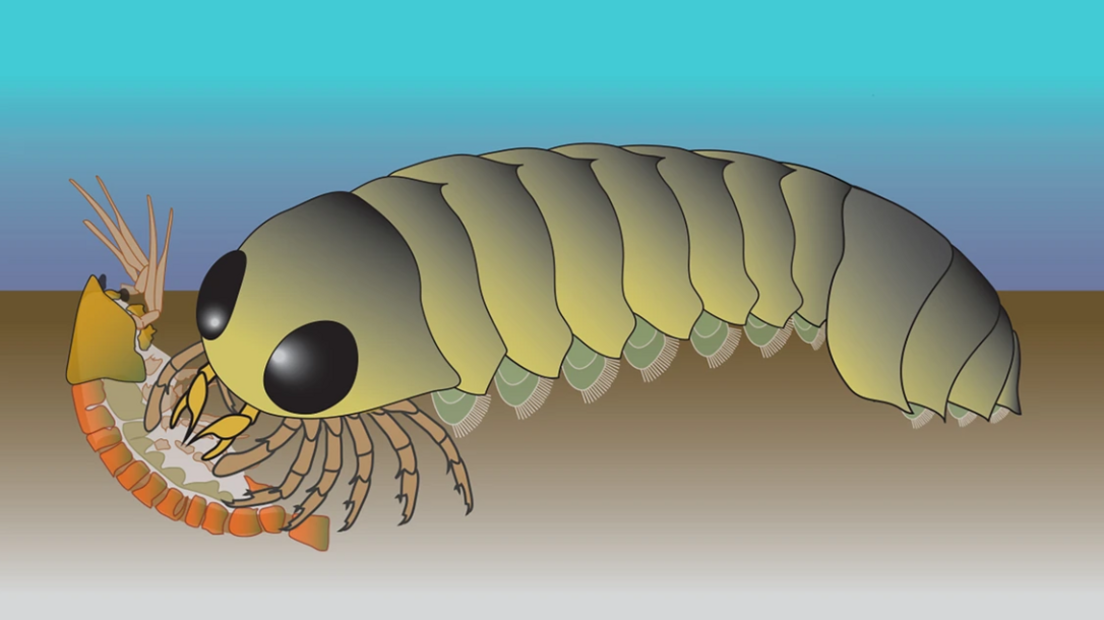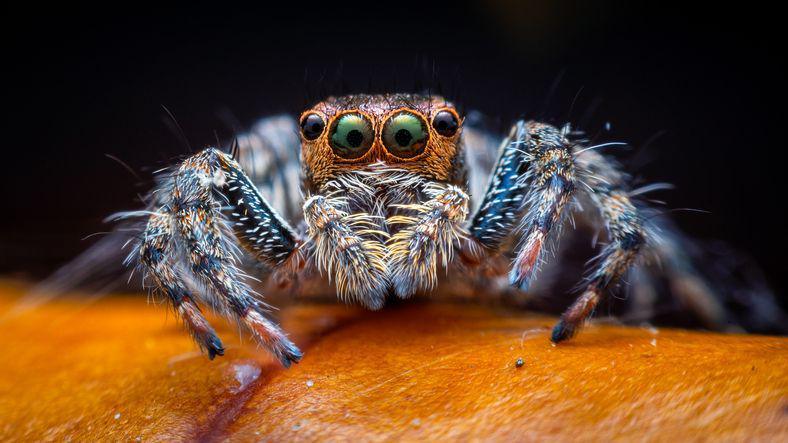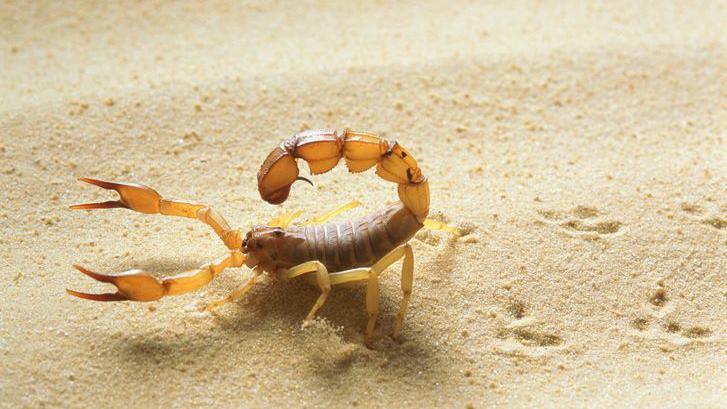Tiny new fossil suggests spiders originated in the sea

An illustration of what the Mollisonia animal might have looked like
- Published
Did spiders first appear on land or in the sea?
That's a question that has puzzled scientists for many years.
A team of researchers in America think they might have found the answer.
They've discovered a tiny 500-million-year-old marine fossil that suggests that arachnids (a group of animals which includes spiders, scorpions and ticks) evolved in the ocean, before moving out of the water and adapting to land.
More prehistoric discoveries
The incredible dino discovery found under a museum
- Published11 July
Scientists discover new species of pterosaur
- Published8 July
What did scientists discover?

An international team of experts led by the University of Arizona in the US, decided to take a closer look at a half-a-billion-year-old marine fossil of an extinct animal called Mollisonia symmetrica.
They undertook a detailed analysis of its well-preserved features including its brain and central nervous system.
Until now, the creature was thought to be an ancient member of a specific group of arthropods known as chelicerates, which lived during the Cambrian period (around 500 million years ago) and are ancestors to modern-day horseshoe crabs.
However, to the team's surprise, they found that the brain structure of the Mollisonia symmetrica was not similar to that of horseshoe crabs, as would be expected.
Instead, it had more in common with modern spiders and their relatives.
This led scientists to suggest that the first spiders were marine, originating in the ocean.

Professor Nicholas Strausfield, the lead author of the study, said that many questions still remain over how arachnids evolved and moved from the sea to the land.
"It is still vigorously debated where and when arachnids first appeared and whether these were marine or semi-aquatic like horseshoe crabs."
He also suggested what these ancient spiders could have fed on when they first moved on to the land.
"We might imagine that a Mollisonia-like arachnid also became adapted to terrestrial life making early insects and millipedes their daily diet," Professor Strausfield added.
The team now think that Mollisonia symmetrica could be the ancient ancestor of a wide range of arachnids including spiders and scorpions.
